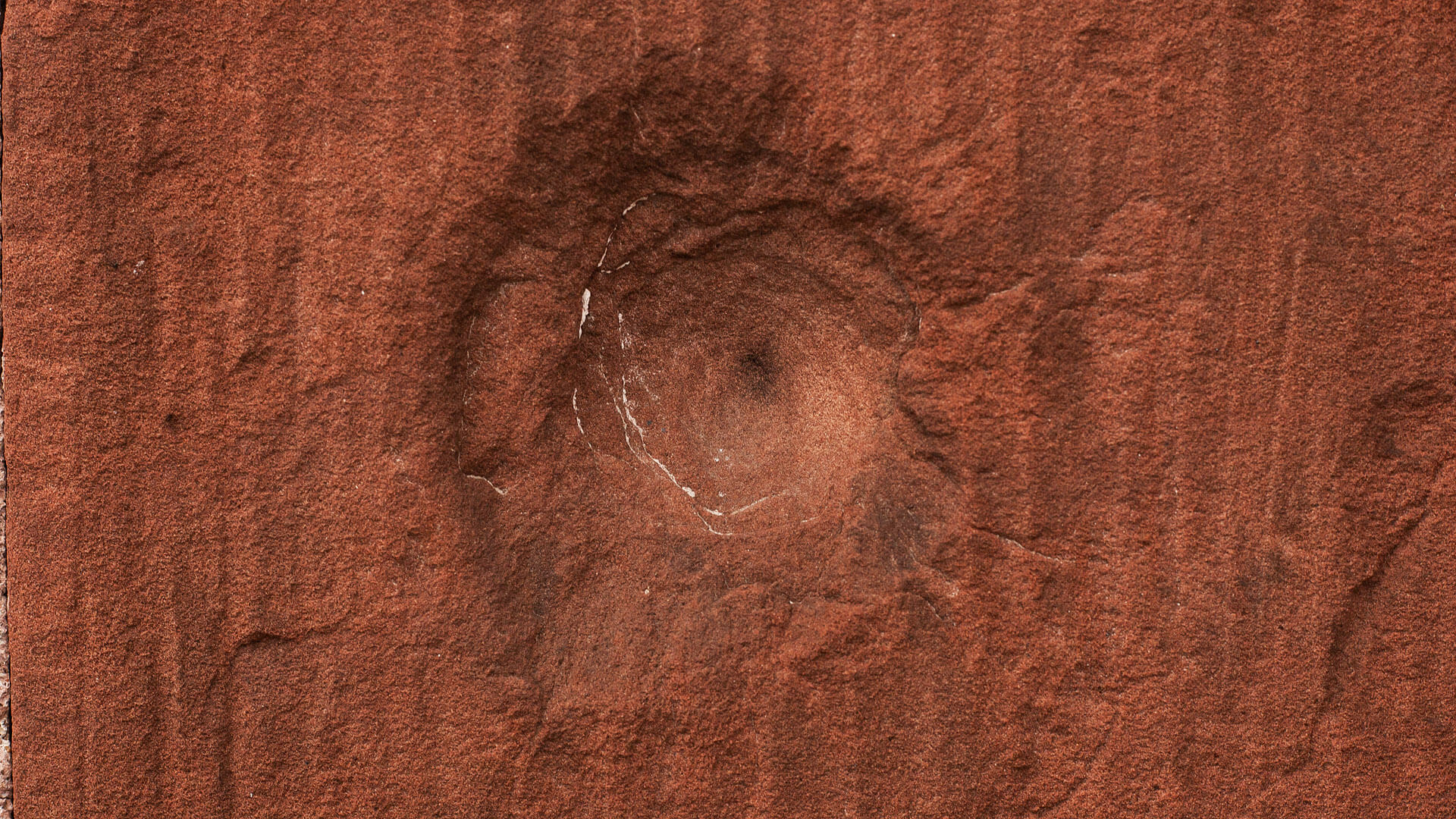The building, now known as Polish Bank Redoubt, has been built between 1907-1911 to serve as the headquarters of the Russian State Bank. In the interwar period, the National Polish Credit Union and later the Polish Bank were established within. After 1939, the German occupying forces created the Issuing Bank in its place. It was from here that the convoy carrying over 100 million zlotys set off on 12 August 1943 – only to be plundered during a bodacious operation planned by the Home Army, AK. Due to its location and strategic significance, the building was a crucial target for the insurrection.
The first failed attempt to recapture it from the occupying forces was made on the 1st of August. AK hoped to fortify the area and turn it into a redoubt, which would be crucial for the planned defence of Śródmieście, the heart of the city. However, the two squads that were supposed to seize the bank – “Oppenheim” under the command of Lt Wacław Kozicki and “Sienkiewicz” under Major Olgierd Ostkowicz-Rudnicki – suffered heavy losses during the first two days of the uprising. It was not until the night of August 3-4 that the German guard evacuated the building without a fight, fearing it would soon become completely surrounded. The defence of the building was entrusted to the company “Troki”, a part of the battalion “Łukasiński” under the command of Cpt Tadeusz “Zdan” Majcherczyk. Three other formations were stationed there at that time – a platoon under 2nd Lieutenant Henryk “Chwast” Pokrzywnicki, Lt Tadeusz “Odrowąż” Garliński’s company, and several squads from the “Czarniecki” battalion.
The following few weeks consisted of constant firefights to maintain the established position on Bielańska, which was bombed from the air by German planes on August 5th. Another air raid took place on 18 August, during which the wing of the building adjacent to Bielańska road collapsed. Soon after the Wola massacre, additional German troops reinforced the local occupying forces and outnumbered the 150-200 insurgent soldiers by far. On August 15 the Germans managed to get to the redoubt. The overwhelming hostile presence was pushed back by a counterattack organised by the 1st Platoon of Cpt Zdan’s company under the command of 2nd Lieutenant Józef “Wodzyński” Zgarda. On August 21 German troops managed to break into the building, but it remained under the control of the insurgents at the cost of blowing up part of the structure.
In the last week of August the situation of the insurgents in Starówka became more and more dramatic. Heavy bombing and the complete isolation of the Old Town from other parts of the city took its toll on the defenders of Reduta Banku Polskiego. On 26 August, members of the Home Army general staff (KG AK) and the Government Delegation for Poland (Delegatura) pulled out of Starówka district. It was decided to withdraw all troops from the region.
The last group of Polish soldiers left the redoubt on September 1st and retreated through the canals to Śródmieście. This operation, organised by Bronisław “Piotr” Kalinowski, was the only successful one of its kind – all other insurgent attempts to break through to the centre of Warsaw from Starówka failed.
The Polish Bank Redoubt building was considered for the premises of the Warsaw Uprising Museum because of the prevalent role it played during the historical events of 1944.







